An Angler’s Paradise in Western North Carolina
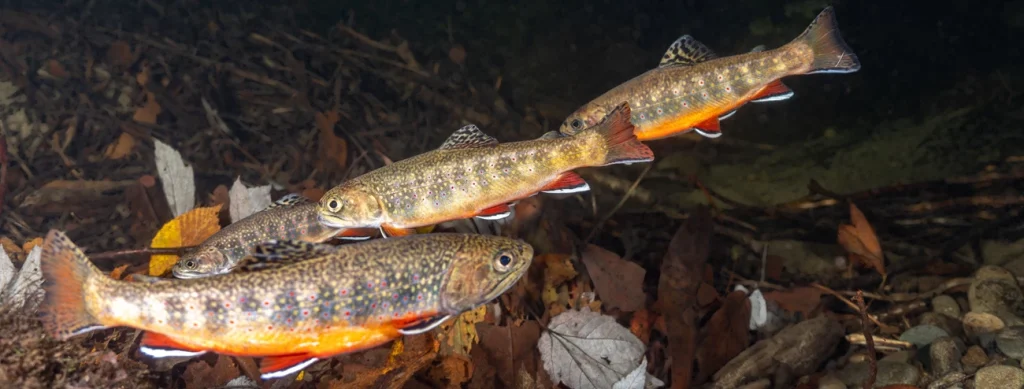
Pigeon River in the mountains of Western North Carolina.
Tucked in the smoky folds of Western North Carolina, the Pigeon River watershed offers a trout fisherman’s paradise. Trout fishing in North Carolina is especially good here: clear mountain streams, shaded by rhododendron and hemlock, teem with brook, rainbow, and brown trout. If you’re a fly fisher stalking wild trout in an isolated tributary or a family camper casting from a riverside site, the Pigeon River area provides a rich experience. This post will cover where to go, what to expect, and how to make the most of a fishing trip on the Pigeon River and its forks.
Where to Find Trout on the Pigeon River
Headwaters and Forks: The main Pigeon River itself runs warm through the lowlands, but its headwaters and high-elevation forks stay cold and trout-friendly. In fact, the East Fork and West Fork of the Pigeon are famed among anglers. The East Fork begins high in the Shining Rock Wilderness and offers ~8 miles of picturesque, gin-clear plunge pools and pocket water brimming with wild trout. Reaching these remote stretches requires a hike, but the reward is solitude and native brook trout in crystalline streams. The West Fork, accessible near Highway 215, is a larger stream that receives hatchery stocking in season. In its delayed-harvest section (catch-and-release in fall), anglers often enjoy days of non-stop action with rainbows and brookies and occasionally a trophy-size wild brown trout over 20 inches lurking in a deep hole.
Tributaries: Don’t overlook the smaller tributaries. Feeder creeks like the Middle Prong and Little East Fork of the Pigeon River offer wild trout habitat as well. These little streams can be steep and challenging to fish (you might be boulder-hopping and crouching under laurel thickets), but they hold vibrantly colored brook trout in their shaded runs. In spring and summer, these brookies eagerly rise to dry flies. Just be prepared for a backcountry adventure, some spots are so secluded and rugged that fishing them can be “grueling” even for those in good shape.
Lower River: By the time the Pigeon River leaves the mountains and flows toward Tennessee, it grows wider and warmer, which is less ideal for trout. (Historically, a paper mill on the lower Pigeon also impacted water quality.) Today, most trout anglers focus on the upper river and its tributaries in Haywood County. However, the lower Pigeon does offer other fishing opportunities and popular whitewater rafting, even if trout are scarce downstream.
When and How to Fish the Pigeon River
Seasons: Trout can be caught year-round in these waters, but spring and fall are prime. Spring (April–May) brings hatches of mayflies and caddisflies that get trout feeding on the surface. Fall (October–early November) is delayed-harvest season on the West Fork Pigeon and other designated waters – agencies stock extra fish and require catch-and-release until winter, creating phenomenal fishing conditions. The fall foliage in the mountains is an added bonus for anglers. Summer can still be productive on higher elevation creeks (and is a great time to seek native brook trout), but by mid-day the trout often retreat to deep, cool holes. In winter, only the most rugged (or lucky) anglers will brave the cold; trout are sluggish but can still bite subsurface flies or lures during warmer afternoons.
Techniques – Fly Fishing: This area is a fly-fishing haven, and a 3-weight or 4-weight fly rod around 7½ to 9 feet long is ideal for these streams. In spring and summer, dry fly fishing is excellent – small elk hair caddis, Parachute Adams, and yellow stimulators float well in choppy currents and entice hungry trout. Try a dry-dropper setup (a bushy dry fly with a tiny nymph tied below) to cover both surface and sub-surface feeding. The clear pools demand stealth; often you’ll need to make longer casts or approach from downstream on your knees to avoid spooking fish. In the East Fork’s plunge pools, anglers report that a high-riding dry fly with a bright indicator is useful for tracking in turbulent water, and beneath it a bead-head nymph can tempt bigger trout hugging the bottom.
Fall and winter call for nymphing and streamer fishing. Trout in the West Fork’s deeper runs will take Woolly Buggers, stonefly nymphs, and egg patterns eagerly during the late fall stocking season.
Techniques – Spin Fishing: If you prefer spinning tackle, you can absolutely enjoy the Pigeon’s trout as well (just check regulations, as some stretches are fly-only). A lightweight (ultralight) spinning rod with 4–6 lb test line works great. Small inline spinners (size 0–1), tiny spoons, or even live bait (where allowed) can be very effective. Cast upstream into riffles and let the lure swing down through pools. Delayed-harvest sections (like West Fork in fall) often have eager, stocked trout that will hit flashy spinners readily. In wild trout waters, a more subtle approach is key – try natural-colored soft plastic trout worms or single hook spinners, and approach each pool quietly.
Local Regulations: The Pigeon River area streams fall under various NC Wildlife Commission regulations. Pay attention to posted signs and the NC trout maps. The West Fork Pigeon River from Lake Logan up to Sunburst Campground is Delayed Harvest in fall (Oct–early June) – no harvest, single hook artificial only during that season, then it reverts to hatchery-supported (you can keep some fish) in summer. The upper West Fork and side streams like Middle Prong or Little East Fork are often wild trout waters (use of natural bait is sometimes allowed on certain streams, but many wild areas are artificial-only and catch-and-release). The East Fork Pigeon River inside Shining Rock Wilderness is wild trout water with special regulations (no stocking, often minimum size limits if you do keep fish). Always check the latest NC regulations or the signage at stream access points so you know if it’s catch-and-release, if only flies can be used, etc. A valid NC fishing license with a trout privilege is required for anglers aged 16 and up.
Gear Up for Mountain Stream Fishing
Tackle and Gear: In addition to your rod and reel, a few gear essentials will make your Pigeon River fishing safer and more enjoyable:
- Waders or Wet-Wading Gear: In spring and fall, chest waders (with felt or rubber-grip boots) help you reach the best positions in chilly water. In summer, many anglers wet-wade with quick-dry pants or shorts and grippy wading sandals or shoes. The rocks can be slick and stream currents strong, so a wading staff is helpful in bigger water.
- Flies and Lures: Carry a selection of trout flies in sizes 12–18 for dries (e.g. Adams, Blue Wing Olive, stimulators), nymphs like Pheasant Tails and Hare’s Ears (size 14–20), and a few streamers (like size 8–10 Woolly Buggers or Muddler Minnows). Spin fishermen will want a small box of 1/16 oz spinners in silver, gold, and brown trout patterns, plus a few 1/12 oz spoons.
- Trout Net: A lightweight rubber-bag landing net is ideal for safely handling fish in catch-and-release waters. Rubber nets protect the fish’s slime coat and delicate fins, reducing injury compared to traditional mesh. Choose a medium hoop—around 34–36 in circumference (12×9 in)—and you’ll be ready for average 6–12 in trout and even land a monster 20 + in brown trout with ease.
- Polarized Sunglasses: Essential for spotting fish and reading the water in these clear streams. Polarized lenses cut the glare and let you literally see trout holding in pools or under logs.
- Other Items: Don’t forget insect repellent (gnats can be bothersome by the water), a rain jacket (mountain weather can change fast), and a small headlamp if you’ll hike out at dusk. A basic first aid kit is wise too, as some fishing spots are remote. And always pack out your trash and old fishing line to keep these streams pristine.
Camping Near Trout Streams
One of the joys of fishing the Pigeon River area is that you can combine camping with your fishing adventure, truly immersing yourself in nature. There are several campgrounds and backcountry campsites that put you right next to quality trout water:
- Sunburst Campground: This small Pisgah National Forest campground near Lake Logan is a favorite for fish-and-camp trips. Sunburst has 14 sites perched along the West Fork Pigeon River and is typically open late spring through fall. It’s primitive (no showers, vault toilets) but waking up steps from the stream is worth it. From here, you can roll out of your sleeping bag, brew coffee, then immediately cast into delayed-harvest trout waters on the West Fork. Nearby are the Middle Prong and Little East Fork, both designated wild trout streams.
- Harmon Den / Cold Springs: For a more rugged option, consider the Harmon Den area (Hurricane Creek) in the Pigeon River’s northeast reaches. There are dispersed campsites along Cold Springs Creek (off Cold Springs Road) where wild trout swim in the creek nearby. This is closer to the Great Smoky Mountains National Park boundary. No facilities here – just creek, rhododendrons, and dark starry skies. It’s perfect if you value solitude; you can fish small pools by day and enjoy a quiet campfire by night.
- Cataloochee Valley (Great Smoky Mountains NP): A bit south of the Pigeon watershed, Cataloochee Creek and Caldwell Fork in this remote corner of the Smokies hold wild trout, and Cataloochee Campground offers developed sites just a short walk from the water. Anglers have reported that the valley’s waters “fished very well” after reopening following hurricane damage post-Hurricane Helene, and it remains a less-crowded gem. If you want to mix trout fishing with elk-watching—the valley is famous for its elk herds—you’re in the right spot.
- Davidson River Campground: Not in the Pigeon drainage, but only about a 45-minute drive over the Blue Ridge from Waynesville – this large campground in Pisgah Forest sits on the Davidson River, another of NC’s premier trout streams. With over 160 campsites and river access, Davidson River’s campground is a solid fallback when Pigeon-area spots fill up (160+ well-shaded sites). You could even day-trip to the West Fork Pigeon via Hwy 276/215. Plus, the hatchery-supported section below Avery Creek offers easy fishing for rainbows and browns (wild and stocked trout).
Camping Tips: If you’re fishing and camping, remember to store your food securely (trout streams in these mountains mean bears are around, even if you don’t see them). Use bear-proof storage or hang a food bag; this includes the fish you’ve caught or any bait. The region’s black bears generally avoid humans, but the smell of fresh trout dinner could tempt them into camp if you’re not careful! Also, practice Leave No Trace – camp at established sites, pack out all waste (yes, even that tangle of monofilament line), and don’t dam up streams or move rocks around unnecessarily in these delicate habitats.
Local Tips and Ethics
Learn from Locals: If you stop by a local fly shop in Waynesville, Canton, or Maggie Valley, you’ll find a community of passionate anglers. They might not give away their secret honey holes; after all, as one local saying goes, “Flies, and sprinting to the next honey-hole, wrecks our chances.” Still, most are happy to point you toward the right area or fly selection. Hiring a guide for a day on the Pigeon’s forks can also accelerate your learning (and they’ll handle tasks like navigating private property boundaries and gauging stream conditions).
Stream Etiquette: The Pigeon River area, especially spots like the East Fork and Sam’s Knob Trail crossings, can see both hikers and fishermen. Be courteous: give fellow anglers plenty of space and ask which direction they’re fishing (upstream or downstream) and either leap-frog past several pools or wait your turn. If you encounter hikers or swimmers, yield the right-of-way on trails and be friendly – we’re all out here to enjoy the outdoors. In busy seasons, “the best spots are for locals only” might ring true, but with a spirit of respect and patience, you’ll find your own piece of water to enjoy. As one guide explains, “the right-of-way on the river goes to those who were there first.”
Conservation: This region’s fisheries thrive thanks to good stewardship. Consider practicing catch-and-release, especially for wild trout and larger browns. Keep only what you might eat on-site. Report any issues (like poaching or pollution) to wildlife authorities. After heavy rains or storms, exercise caution – not just for safety, but to avoid trampling banks or redds (trout spawning beds) in unstable conditions. Remember, a lot of these streams are in protected lands (national forest or even designated wilderness), so treat them with reverence. By following regulations and respecting limits, you help ensure that future generations can also experience the magic of trout fishing in the Pigeon River country.
Embrace the Whole Experience
Trout fishing on the Pigeon River and its mountain streams is about so much more than just catching fish. It’s stepping into an immersive wilderness experience – the morning mist steaming off the water, the sudden blaze of fall leaves reflecting in a pool, the sound of that first trout rising to sip a mayfly. It’s the challenge of figuring out where the fish are hiding and what flies they’ll take, and the satisfaction when you get it right. It’s also the joy of having a lively tale to tell by the campfire: perhaps of the one that got away, or the giant brown that didn’t.
As you plan your Pigeon River trip, take time to enjoy the area’s other offerings. Hike a bit of the Art Loeb Trail up to Black Balsam for panoramic views, or take a scenic drive on the Blue Ridge Parkway which crisscrosses the very headwaters you’ll be fishing. You might even schedule your trip around other local highlights like visiting during the Blue Ghost firefly display in June or after the rivers are freshly stocked in October. A well-rounded adventure will leave you with a deeper appreciation of these mountains.
Now that you’re ready to cast your line in these trout-rich waters. Get out there and explore other outdoor guides and gear that will make your trip a success. Check out our other articles for more tips on camping in the Smokies, gear reviews for the best fishing and camping equipment, and insider knowledge on Western NC’s outdoor treasures. Grab your rod (or fly rod), pack your tent, and head to the Pigeon River – a true haven for camping, trout fishing, and reconnecting with nature.
Tight lines and happy camping!
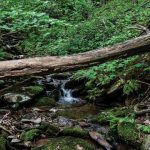
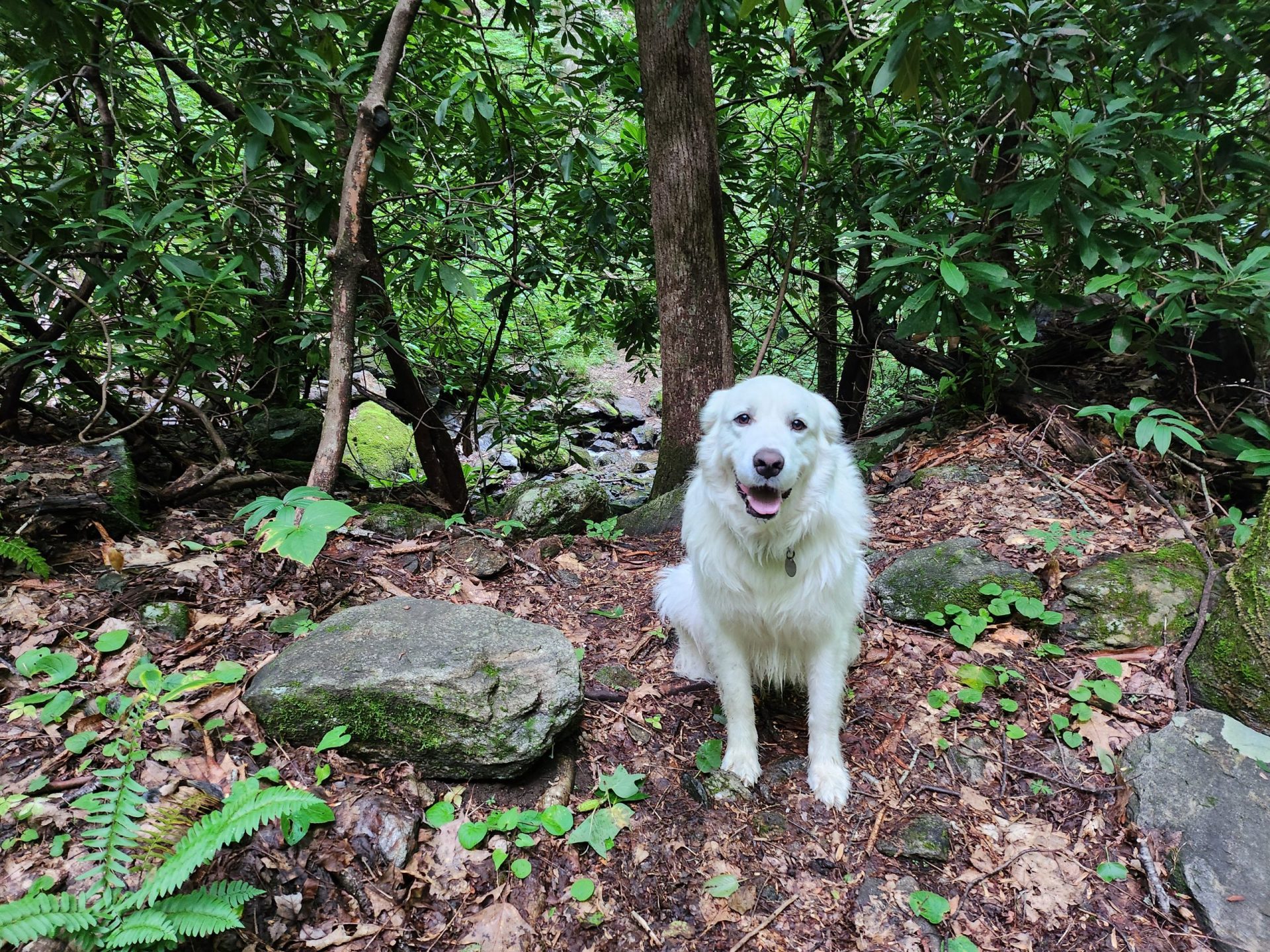
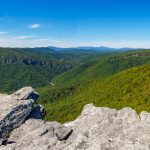
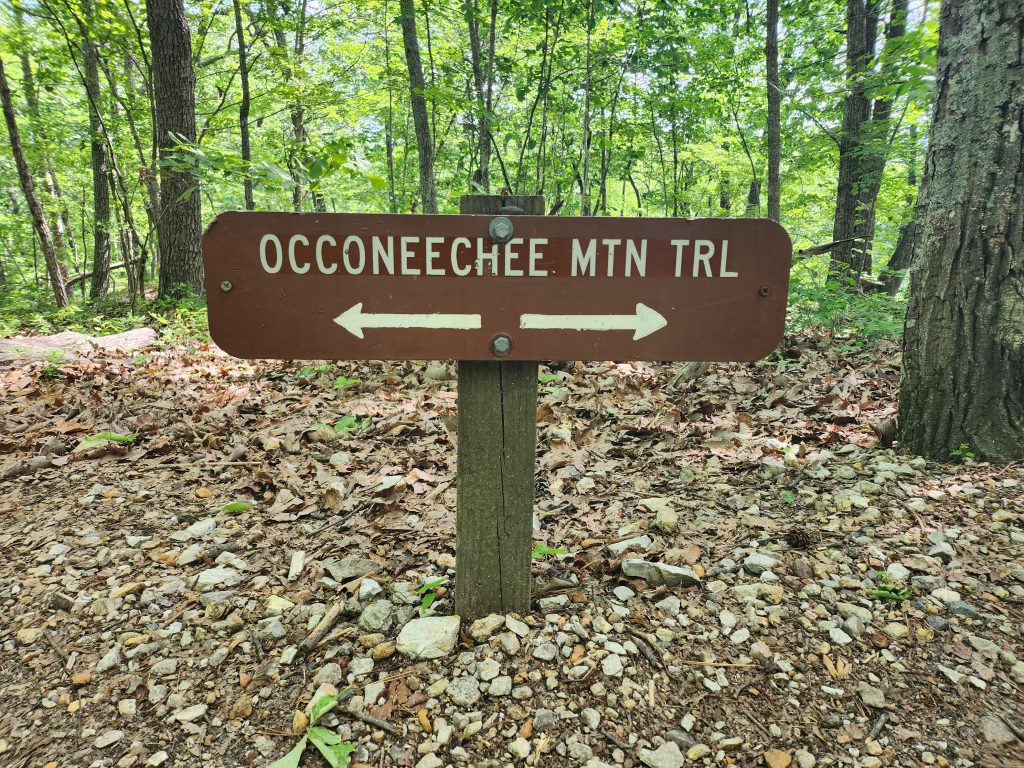
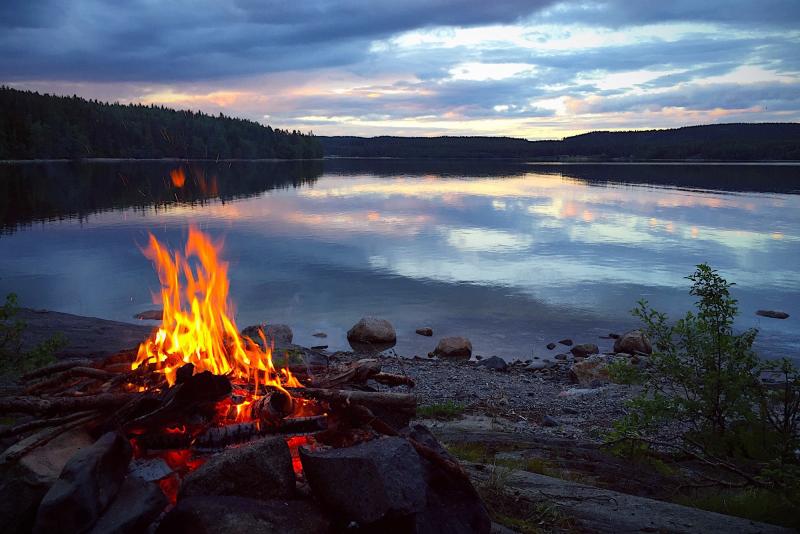
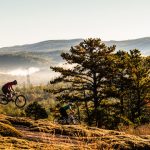
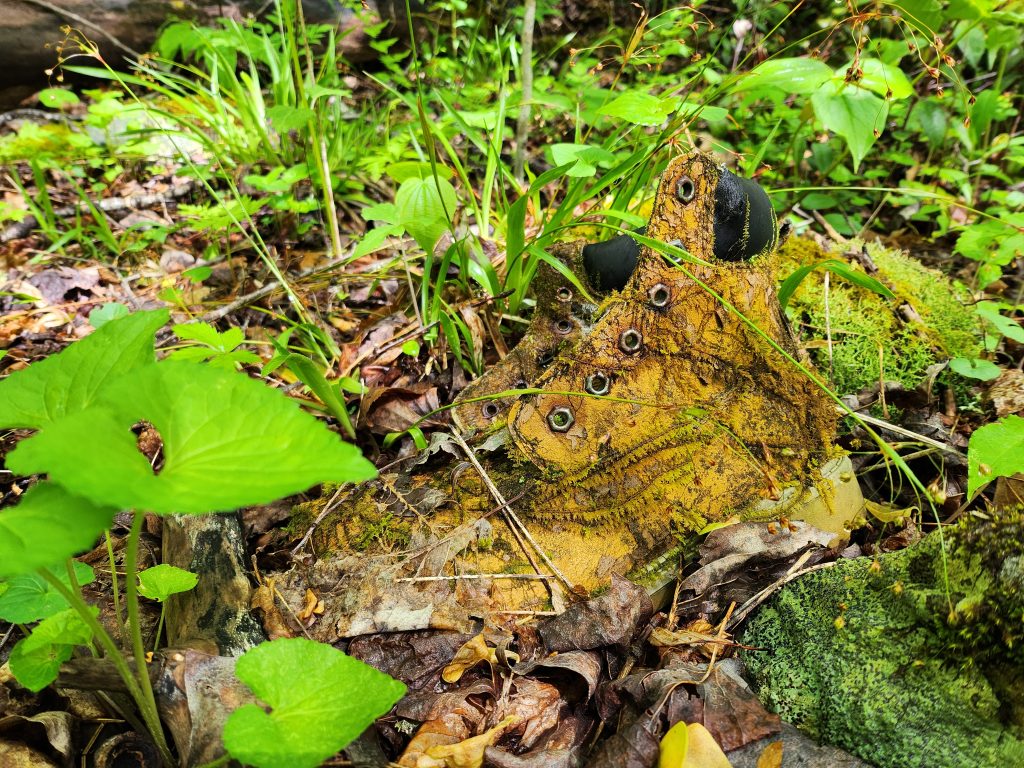

Leave a Reply